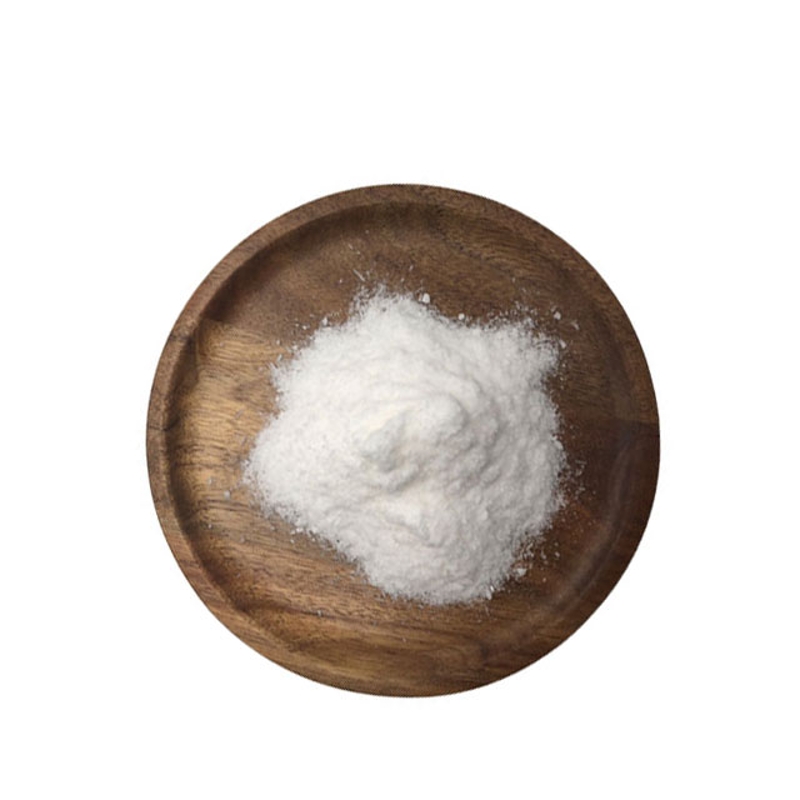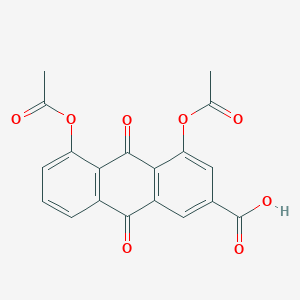-
Categories
-
Pharmaceutical Intermediates
-
Active Pharmaceutical Ingredients
-
Food Additives
- Industrial Coatings
- Agrochemicals
- Dyes and Pigments
- Surfactant
- Flavors and Fragrances
- Chemical Reagents
- Catalyst and Auxiliary
- Natural Products
- Inorganic Chemistry
-
Organic Chemistry
-
Biochemical Engineering
- Analytical Chemistry
- Cosmetic Ingredient
-
Pharmaceutical Intermediates
Promotion
ECHEMI Mall
Wholesale
Weekly Price
Exhibition
News
-
Trade Service
Edited and sorted out by Yimaitong, please do not reprint
without authorization.
The objective of this study was to assess whether low
.
Low SU may be associated with adverse outcomes (e.
Study the design
This study included participants ≥ 20 years of age in the National Health and Nutrition Survey (NHANES) 1999-2006, stratified according to the normal range of SU (female: 2.
Results of the study
A total of 13,979 participants, 50% were female, with an average (standard deviation [SD]) age of 45.
SU levels are related to body composition
Low SU is associated
with a lower lean body mass index, an excessively low BMI (< 18.
5 kg/m2), and a higher rate of weight loss.
There was a significant difference between the proportion of patients with sarcopenia with low SU and normal SU (29% vs.
16%, p=0.
001).
<b11> SU levels are inversely associated
with sarcopenia.
In the nonlinear model, the negative correlation between SSU (per 1 mg/dL) and sarcopenia weakened
with SU elevation.
In the linear model, the negative correlation between SU and sarcopenia (ratio [OR] 0.
85 vs.
0.
62, p=0.
02 vs.
p<>0.
001) and relative sarcopenia (OR 1.
04 vs.
0.
84, p=0.
04 vs.
p<0.
001) was significantly enhanced
when the SU < 5.
7 mg/dL subjects were compared with 5.
7 mg/dL.
(OR 1.
04 vs.
0.
84, p=0.
04 vs.
p.
001).
In addition, subjects with lower SU were more likely to experience greater weight loss from the reported maximum BMI and were also more likely to underweight
.
Subjects with low SU were about 4 times more likely to underweight than subjects with normal SU (OR 4.
41, 95% CI 2.
14-9.
09, p<0.
001), and subjects with high SU were relatively low
in proportion of underweight.
After correcting body composition, low SU does not lead to high mortality
In the initial model for the correction of traditional body composition parameters such as BMI and waist circumference, subjects with low SU had a significantly higher risk of death (risk ratio [HR] 1.
61, 95% CI 1.
14 to 2.
28, p=0.
008).
However, after adjusting for DXA body composition parameters, there was no significant correlation (HR 1.
30, 95% CI 0.
92-1.
85, p=0.
13).
Among subjects with SU < 5.
7 mg/dL, subjects with higher SU had a lower risk of death (per 1 mg/dL) (HR 0.
91, 95% CI 0.
84-0.
99, p=0.
03); After adjusting for DXA body composition parameters, SU did not have a significant correlation with the risk of death (HR 0.
98, 95% CI 0.
90-1.
08, p=0.
71).
<b12> And, in subjects with SU > 5.
7 mg/dL, the analysis showed that the higher the SU (per 1 mg/dL), the higher
the risk of death.
Research conclusions and discussion
The results of this study showed that low SU was associated
with a low lean body mass index, a low BMI, and a higher rate of weight loss.
There was a significant difference between the proportion of patients with low SU and normal SU (p=0.
001).
Before adjusting for body composition, low SU was significantly associated with increased mortality (p=0.
008); After accounting for body composition, there was no significant correlation between low SU and mortality (p=0.
13).
The results support the hypothesis that
the epidemiological link between previous low SU and high mortality may be affected by unmeasured confounding effects.
Low SU is strongly associated with sarcopenia, history of weight loss, and underweight, suggesting that SU may cooccur with pathological weight loss and sarcopenia progression, and that the epidemiological link between low SU and high mortality may be the result of chronic disease causing sarcopenia and pathological weight loss that occurs in conjunction with SU reduction (Figure 1).
Figure 1 Graph of the relationship between myosis, low SU levels, and mortality
Note: The solid line is the hypothetical causal relationship, and the dotted line is the hypothetical non-causal relationship
The relationship between SU and relative sarcopenia (relative to FMI) is also significant, suggesting that the association between SU and sarcopenia is partly unrelated to
obesity.
This result is important to suggest that low SU levels may be associated with pathological weight loss, where the proportion of muscle mass loss is greater than the loss of fat mass, leading to relative sarcopenia
.
Many studies have also shown that high SU levels have a protective effect on neurological disorders such as dementia and Parkinson's
disease.
Previous studies have confirmed that sarcopenia, underweight, and physical inactivity are important predictors of cognitive decline, Parkinson's disease, and other neurodegenerative diseases
.
Therefore, sarcopenia may be an important confounding factor, and this result may help explain the epidemiological link
between previous low SU and the neurodegenerative disease that has occurred.
The importance of these findings is that they provide a credible explanation
for the epidemiological link between low SU levels and adverse outcomes observed in previous studies.
The researchers also support the hypothesis that low SU is not harmful to health, but rather may reflect other adverse physiological processes associated with outcomes such as mortality
, such as sarcopenia.
Therefore, in population-based studies, when explaining the relationship between low SU and long-term outcomes, attention should be paid to considering confounding factors
such as weight loss, sarcopenia, cachexia, and weakness.
References: Baker JF, Weber DR, Neogi T, George MD, Long J, Helget LN, England BR, Mikuls TR.
Associations between low serum urate, body composition, and mortality[J].
Arthritis Rheumatol.
2022 Aug 16.
doi: 10.
1002/art.
42301.
Epub ahead of print.
PMID: 35974440.







